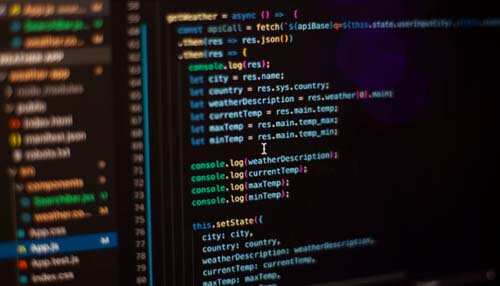Software Development Life Cycle (SDLC) is a structured, systematic approach to the development of computer software. Software developers create software based on business requirements that are collected in an analysis phase. The requirements are analyzed, prioritized, and documented in a detailed project plan.
The process of SDLC starts with an analysis phase where the business requirement(s) are identified, documented, and prioritized. In this phase, various stakeholders (customers and other stakeholders) define their needs and expectations of the final product. These requirements are then documented as user stories or use cases that describe how the end users will interact with the system to achieve their goals.
The next phase of the software development program is the design phase where prototypes are created to demonstrate functionality and functionality is tested against user stories or use cases. The prototype should be simple enough for a single developer to build it quickly but should also be robust enough for multiple developers to maintain it over time. This prototype will be used during the development of the software application which will be tested by users at various stages during its development lifecycle: alpha test, beta test, etc. Once all tests have passed successfully, the software is ready for release.
Phases of software development
The Software Development Life Cycle is a generic framework that guides how software development projects are performed. It consists of five phases: analysis, design, development, testing, and maintenance.
The software development life cycle (SDLC) is a series of steps, which are performed for the development and maintenance of software applications. It is a systematic approach to software development that helps to ensure that all the required components are in place at each stage. The SDLC is a generic term that refers to a number of different processes and methods used to develop software applications.
The SDLC consists of five distinct phases: requirements, design, coding, testing, and maintenance. Each phase has its own responsibilities and activities. The SDLC begins with requirements gathering and continues through planning, developing, and testing the application before finally transferring it into a production environment.
The Five Phases Of The Sdlc Are:
Step 1: Requirements Gathering and Analysis
The first step in the software development life cycle is requirements gathering and analysis. The team will identify what the end-users need from their software. They should also determine what they want to achieve with it, how they want to achieve it, and how they will measure success.
The team needs to understand what each party wants out of the solution so that they can provide a solution that meets all their needs. There are many different ways that this can be done, but in general, it involves talking to people who will be using the software, conducting user tests, and analyzing the data collected during those tests.
Step 2: Designing the Solution
Once a solution has been identified and requirements gathered, it’s time to start designing it! This involves creating sketches of possible designs for various screens and features in the software as well as determining how these screens and features will interact with each other. Once these designs have been finalized, they should be tested against user requirements so that any changes can be made before moving on to the coding phase (which follows).
Step 3: Coding Phase
Developing and coding are important phases in the software development program. In this phase, code is written for each feature or screen designed during step 2 above. This code must meet the functional requirements defined in the user story and design document. Typically, this phase is quick, but it requires a significant amount of effort. If you are new to software development, it’s likely that some portion of this phase will be spent learning how to code.
Step 4: Testing Phase
In this phase, the software is tested by writing automated tests that can validate the functionality of the software or identify any bugs or problems with it. The testing phase is not something that you can skip over or cut corners on because if there are problems with your application, it could lead to your company losing customers and revenue.
Step 5: Development
During this phase of the SDLC, you begin coding your solution or prototype and test it out with real users (if applicable) before moving on to deployment testing. Once you’ve identified issues during development testing, you correct them before moving on to deployment testing again.




